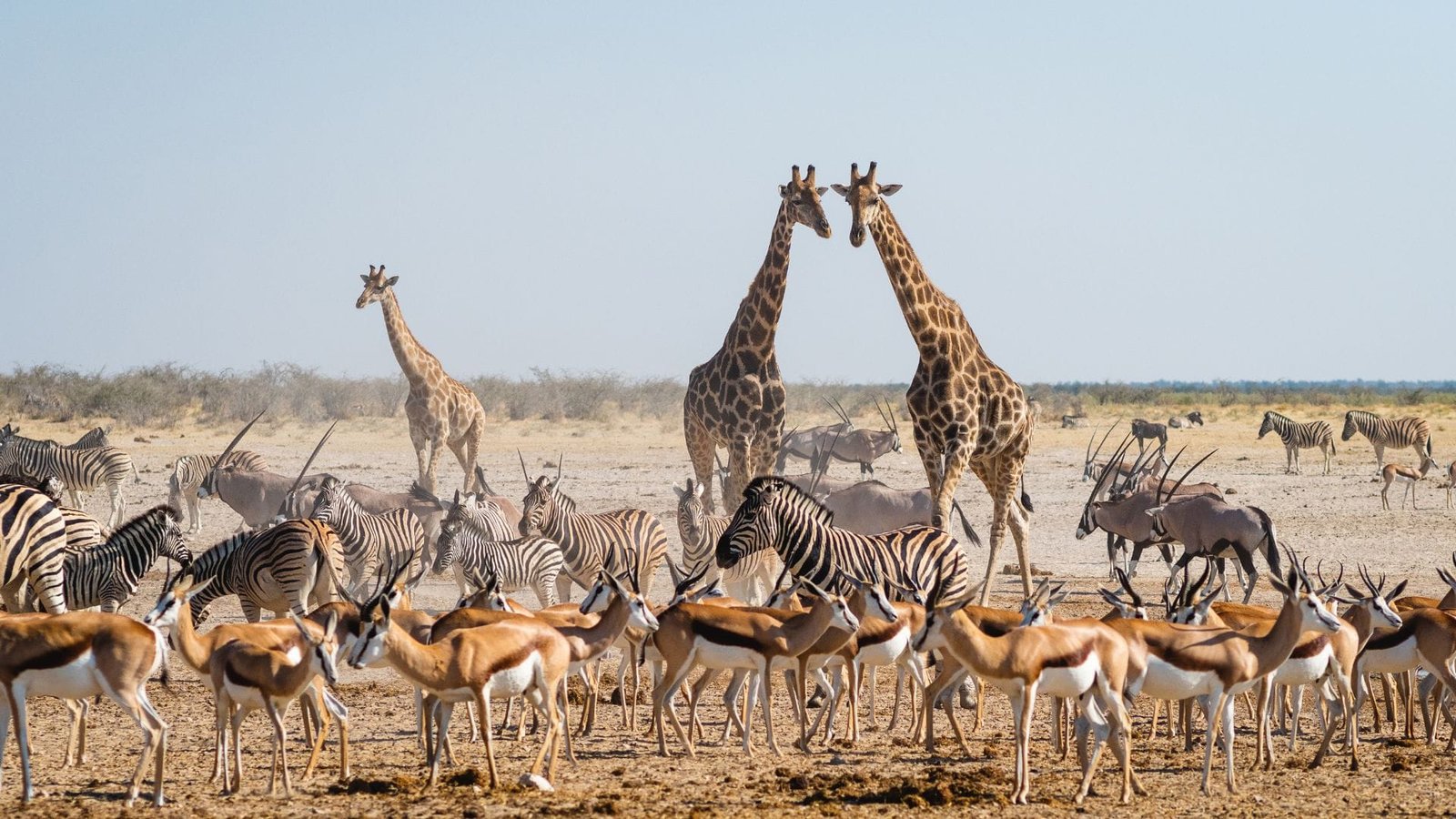Nature is home to millions of animals, from the tiniest insects to large mammals like elephants and bears.
These animals rely on forests, rivers, grasslands, and other natural spaces to survive. However, as human populations grow, we continue to clear forests and build more cities. These activities—deforestation and urbanization—are having serious effects on animal populations around the world.
What is Deforestation?
Deforestation is the process of cutting down trees and clearing forests for various human activities. People cut down trees for timber, to make space for farms, or to build homes and roads. While these actions may help humans grow food or create living spaces, they take away important habitats for many animals.
What is Urbanization?
Urbanization means the growth of cities and towns. As more people move to cities, we need more buildings, roads, and services. This leads to construction in areas that were once natural habitats. Forests, wetlands, and grasslands are often cleared to make way for urban development.
How Do These Actions Affect Animals?
- Loss of Habitat One of the biggest problems animals face because of deforestation and urbanization is the loss of habitat. Animals live in specific environments that give them food, water, and shelter. When forests are cleared, animals are forced to move elsewhere, which isn’t always possible. Many can’t find a new place to live, and as a result, their populations shrink or even disappear.
- Fragmentation of Habitat Sometimes, only parts of forests are cut down, leaving small patches of trees behind. This breaks up the habitat into smaller areas, known as “habitat fragmentation.” Animals that need large territories, like tigers or bears, struggle to survive in these broken-up environments. It also makes it harder for them to find mates and food.
- Decrease in Biodiversity Deforestation and urbanization lead to a drop in biodiversity—the variety of plant and animal life in an area. Some species become endangered or go extinct when their habitats are destroyed. When one species disappears, it can affect the entire food chain. For example, if insects die off, birds that feed on them also suffer.
- Increased Human-Animal Conflicts As forests are cut down and cities grow, animals and humans often come into closer contact. Animals may wander into towns looking for food or shelter. This can lead to dangerous situations where animals are harmed or killed, and people can be hurt as well. Examples include leopards entering villages or elephants raiding farms.
- Pollution and Noise Urban areas often bring pollution—both air and water—that can harm animal health. Noise pollution from traffic and construction can also disturb animals, especially birds and marine life. Loud sounds can confuse animals, disrupt their communication, and even affect their ability to find mates.
- Climate Change Trees absorb carbon dioxide, a greenhouse gas that contributes to climate change. When forests are destroyed, this carbon is released into the atmosphere. Climate change then affects animal populations by changing their habitats, especially in sensitive areas like the Arctic or coral reefs.
Real-World Examples
- The Amazon Rainforest is often called the “lungs of the Earth.” But every year, thousands of square kilometers are cut down for farming and logging. This has caused declines in species like jaguars, macaws, and monkeys.
- Urban sprawl in North America has led to a decrease in animal populations like coyotes, bobcats, and birds of prey. Some animals have adapted, but many struggle to survive near cities.
- In Asia, elephants and tigers are losing their homes due to deforestation. As forests shrink, these large animals have fewer places to roam, which can lead to starvation and conflicts with humans.
What Can Be Done?
Even though deforestation and urbanization are big problems, there are steps we can take to reduce their impact on animals.
- Protecting Natural Areas Governments and organizations can create national parks and wildlife reserves. These protected areas give animals a safe space to live and reproduce without being disturbed by human development.
- Sustainable Development Instead of clearing large areas for farming or building, we can use land more wisely. Sustainable farming and urban planning can help meet human needs while preserving nature.
- Planting Trees Reforestation, or planting trees in deforested areas, can help restore animal habitats over time. This also helps reduce carbon dioxide in the atmosphere.
- Wildlife Corridors These are special paths or bridges that connect different habitats. They allow animals to travel safely between areas without crossing dangerous roads or cities.
- Education and Awareness When people understand the importance of wildlife, they are more likely to protect it. Schools, documentaries, and social media can play a big role in raising awareness about the dangers of deforestation and urbanization.
Animals are an essential part of our planet’s ecosystem. They help pollinate plants, control pests, and keep nature in balance. But as forests are cut down and cities grow, many animals are losing their homes and struggling to survive. By understanding the effects of deforestation and urbanization and taking action to protect nature, we can help create a future where both humans and animals can thrive together.

